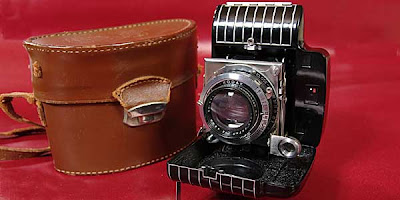Professional Photography and Digital
A portrait client said something funny to me a few weeks ago. She said that she was surprised that there were still professional photographers around since we now have digital. I am still trying to figure out what assumptions she had that would cause her to say that. After all, professionals were the first to adopt digital photography in the mid-nineties. Would she suggest that since there are now Walgreen’s on every corner we don’t need doctors, or that there is no need for architects or contractors now that we have Home Depot and Lowes? I think she was assuming that photography is mainly a technical pursuit and that a photographer is mainly a technician. If that were true the biggest challenge to professional photography would have been the original Kodak and roll film introduced in 1888. The Kodak ushered in the idea of the casual snap-shooter and also the photo-finishing industry. All of a sudden, anybody could make photographs. But it also was the beginning of a ne...


